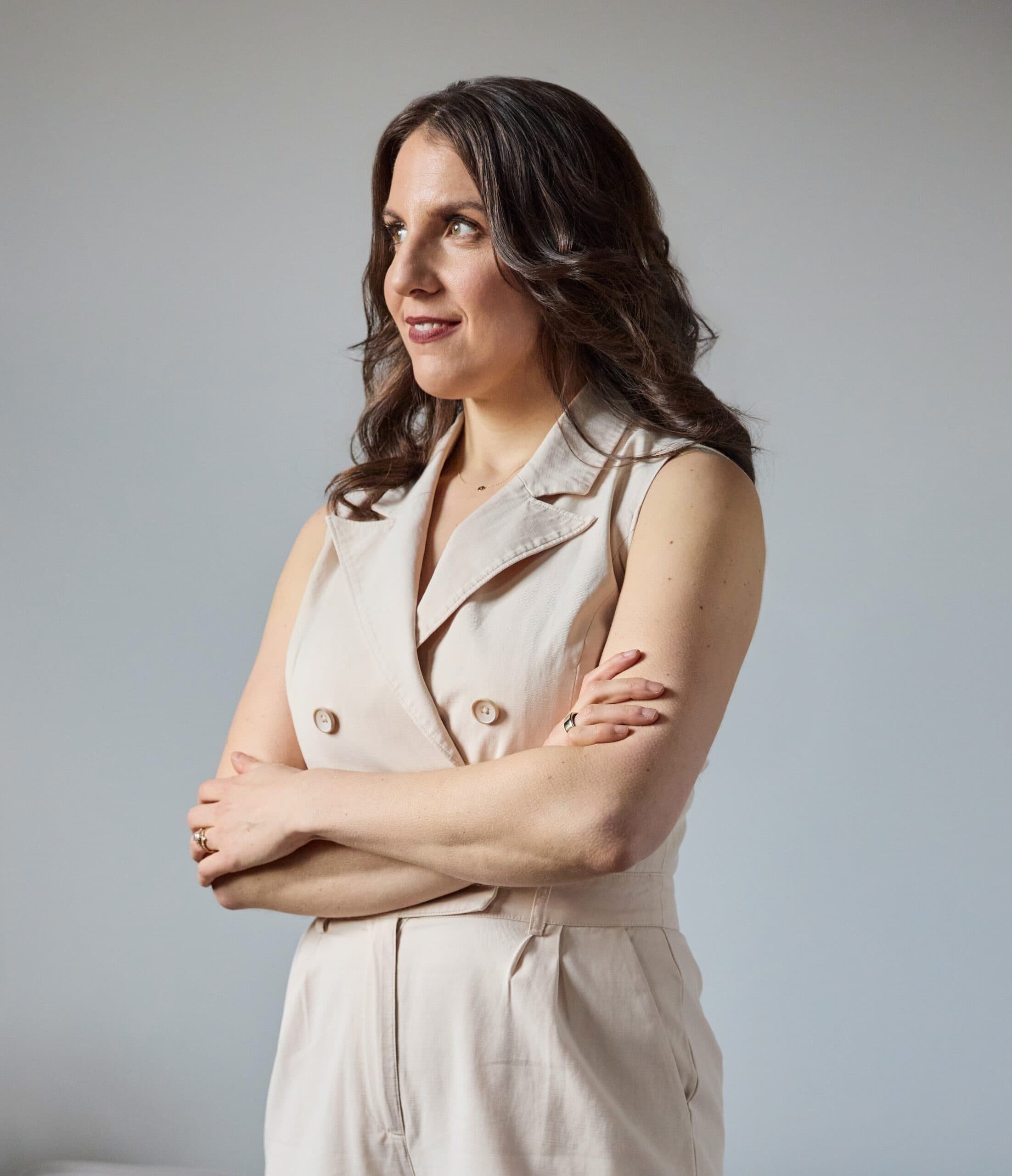We often think of burnout as a state of exhaustion and overwhelm. While this is partly true, burnout is much more complex. There are actually 12 stages of burnout. This model was developed by psychologist Herbert Freudenberger and his colleagues.
Let’s break down each stage so that you can identify the signs of burnout within yourself and halt the downward spiral before it gets out of control.
The 12 Stages of Burnout
Stage 1: Excessive ambition
The first of the 12 stages of burnout begins in a seemingly harmless way – with enthusiasm toward your work. While many Sensitive Strivers can relate to their ambition being a positive trait that supports their career growth, inner drive in excess can stifle you. It morphs into a compulsion to prove your worth to yourself and others. You don’t feel “good enough,” so you take on additional responsibilities and always feel like you need to be doing more faster.
Stage 2: Working harder
As you say “yes” to more assignments and tasks, you realize that you can’t fit everything into normal office hours. As a result, work begins to bleed into your personal life. You may answer emails on the weekend or put in 10 to 12-hour days to stay on top of your to-do list. You still find your job fulfilling, and you actually get a jolt of satisfaction when you’re praised for your dedication. At the same time, work begins to feel like an addiction, and you have trouble switching off or disconnecting in the evening.
Stage 3: Neglecting your needs
As a Sensitive Striver, you may default to prioritizing others’ needs ahead of your own. But this goes a step further in Stage 3 of burnout. You may:
- Sleep erratically
- Skip meals
- Stop working out
- Forget to spend time with family and friends
The effect? Your health takes a hit in the form of weight gain, insomnia, decreased focus, and more.
Stage 4: Displacing problems
Your excessive focus on work leads you to dismiss obvious conflicts and issues happening around you. Deep down, you know something isn’t right, but finding a solution or making a change seems too overwhelming. Instead, you avoid thinking about your concerns and refocus your attention on your professional obligations. But suppressing your feelings results in feeling more jittery and panicky. You find yourself overreacting to small setbacks and slights.
Stage 5: Revision of values
You begin to realize that you’ve strayed from what’s most important to you. But instead of facing that reality, head-on, you simply update your moral compass to be solely focused on work. Friends, family, and hobbies take a backseat. Self-care is dismissed as trivial. Your entire self-worth is derived from your productivity and accomplishments.
Stage 6: Denial of new problems
Now that your values have changed, you begin to butt heads with others. You might perceive your colleagues as lazy or your clients as too demanding. You become increasingly intolerant, unempathetic, and cynical. You blame time and work pressure for your stress instead of recognizing how you’ve changed.
Stage 7: Withdrawal
During this stage, you pull back from relationships. You probably can’t remember the last time you had a conversation that wasn’t about work. Your social life feels small or nonexistent. You seclude yourself and may escape through guilty pleasures.
Stage 8: Impact on others
Your burnout is now concerning your family. They notice how you’ve become impatient and irritable. You may do things that impact others, like forgetting to pick up your child from daycare or missing a meeting.
Stage 9: Depersonalization
You feel like a shell of your former self. Depersonalization involves feeling detached from your own body as if you were now an outsider watching your life. Every day is an exercise in going through the motions. Whereas you once felt enthusiastic about your work, you’re now negative or indifferent towards it.
Stage 10: Inner emptiness
You no longer see yourself as valuable. You start to feel worthless, as if all your effort is for naught. You’ve lost your drive and daydream about quitting, moving, or leaving your career. You may turn to unhealthy coping mechanisms such as overeating or alcohol to numb yourself further.
Stage 11: Depression
Everything becomes a blur. Life was once technicolor, but now it’s gray and bleak. You’re emotionally and mentally exhausted. You feel lost and unsure. Work feels completely devoid of meaning or purpose.
Stage 12: Full burnout syndrome
Full Burnout Syndrome occurs when you reach a breaking point. Your body may collapse, or you have a mental breakdown. At this stage, medical attention is necessary. Many professionals find that they need to take extended leave from their job in order to heal.
Take a moment to reflect. Which of the 12 stages of burnout do you see yourself in? This is important information and a call to action to act sooner rather than later. It’s important to remember that burnout is not a linear process. You don’t always go from one stage to the next, and the time spent in each stage can vary.
Overcome Burnout
Burnout disproportionately affects high-achievers who care deeply about their work and hold themselves to exacting standards. Take heart that it is possible to find relief from the exhaustion and disconnection from your work that you’re going through right now.
My LinkedIn Learning course, Managing Burnout, provides you with the tools and mindsets you need to identify, recover from, and prevent burnout. You’ll walk away with tools and strategies to build resilience, renew your focus, and take control of your stress.
Hope in the face of burnout from Managing Burnout by Melody Wilding




